From impressive monuments to incredible national parks, these are the ten most amazing UNESCO World Heritage Sites on Earth.
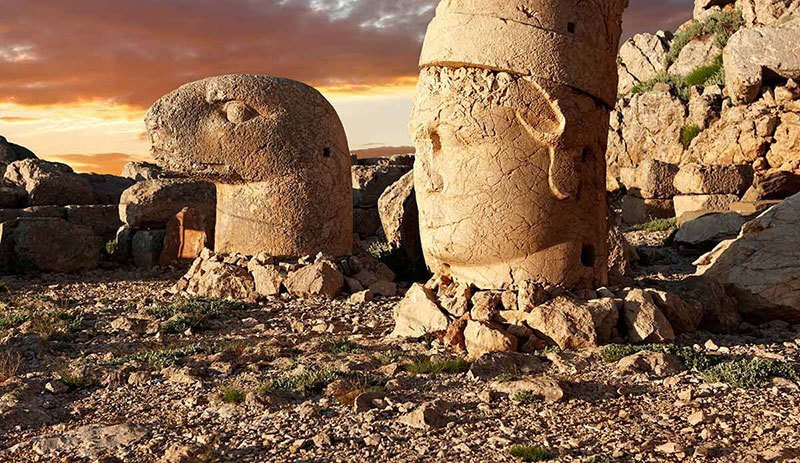
Source: Funky Stock Photos
In the midst of destruction, the United Nations saw potential for innovation and created the UN Educational, Scientific and Cultural Organization (UNESCO) in a fractured, post-World War II landscape.
Made to build lasting peace and form bonds between people, UNESCO’s first directive was to rebuild schools, museums, libraries and other important cultural and intellectual sites after the war. Since its inception in 1945, UNESCO has positively impacted the world in a number of ways.

Source: Noticias Sin
One of UNESCO’s goals is to recognize and protect valuable places with either physical or cultural significance. There are currently 1007 UNESCO World Heritage Sites representing countries from all over the world. Each site is listed as either a cultural, natural or mixed site, depending on the nature of the location. From impressive monuments to precious religious shrines to incredible national parks, these UNESCO World Heritage Sites are both culturally important and undeniably intriguing.
Amazing UNESCO World Heritage Sites: Ilulissat Icefjord
The Ilulissat Icefjord is the sea mouth of Sermeq Kujalleq, one of the world’s fastest moving and most active glaciers. Located on the west coast of Greenland, the Ilulissat Icefjord joined the ranks of UNESCO World Heritage Sites in 2004.
Sermeq Kujalleq calves over 35 cubic kilometers of ice each year, which accounts for a staggering 10 percent of Greenland’s calf ice. Visitors who tour the Ilulissat Icefjord will encounter seals, whales, seabirds and endless amounts of—you guessed it—ice.
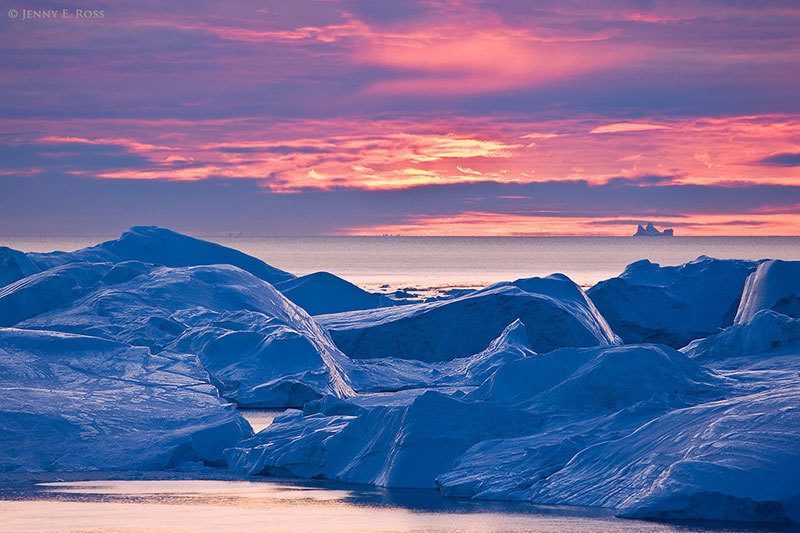
Source: Life on Thin Ice
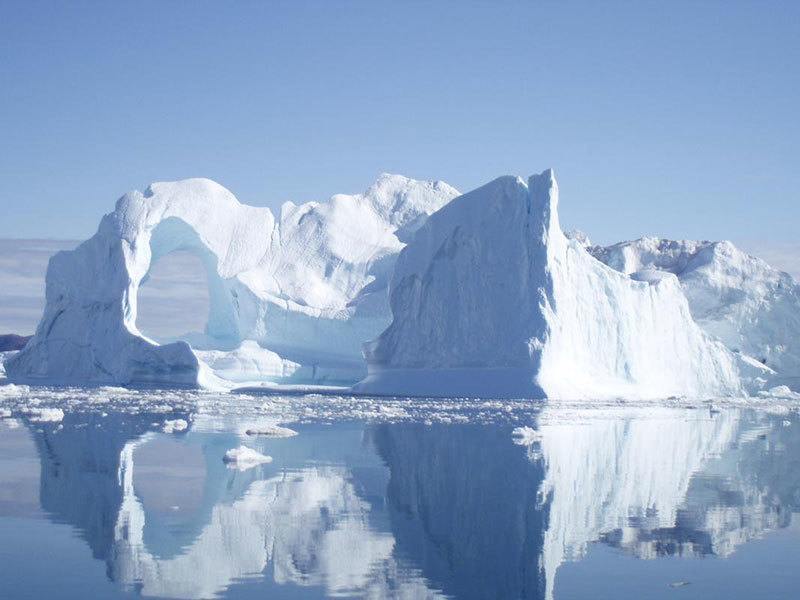
Source: Tourist Nature
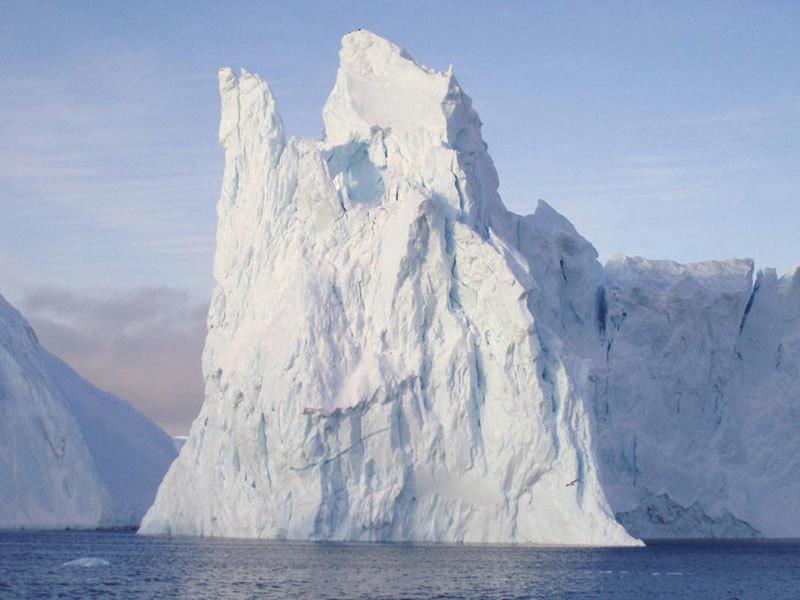
Source: Tourist Nature
Tiwanaku
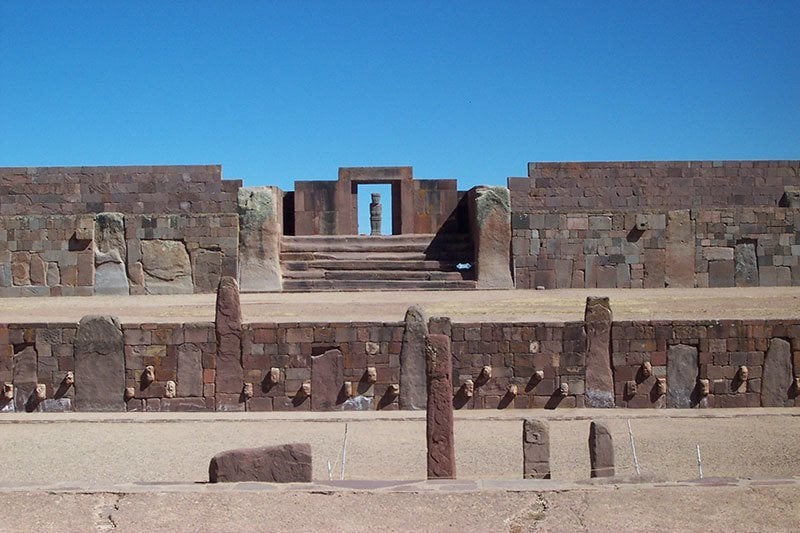
Source: Before It’s News
Tiwanaku, Bolivia was once the capital city of a culturally rich pre-Hispanic empire that stretched over much of the southern Andes. Reaching its height between 500 and 900 A.D., the city was once an important political and religious site with an advanced underground drainage system. Ruins from the original city still stand in protected archeological zones, where visitors can see two carved monoliths, an open temple and various stone carvings. The ancient city was listed as a UNESCO World Heritage Site in 2000.
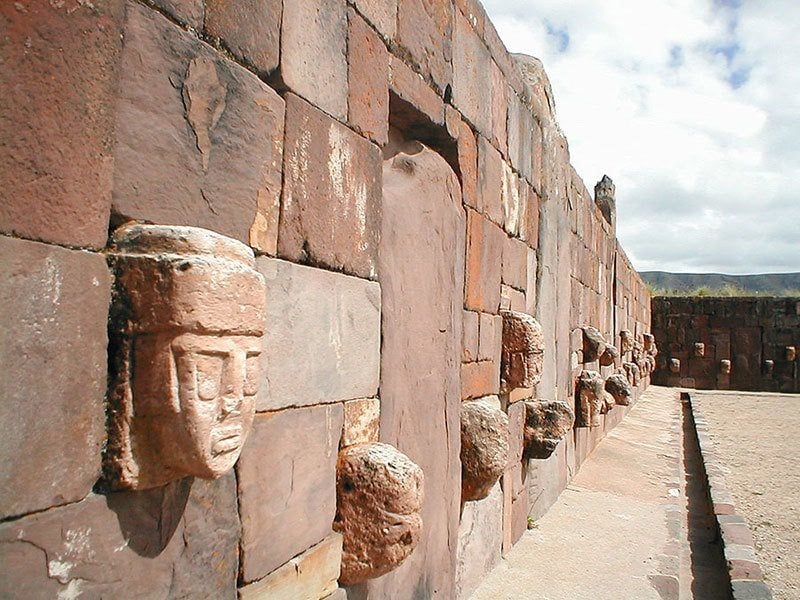
Source: Historvius
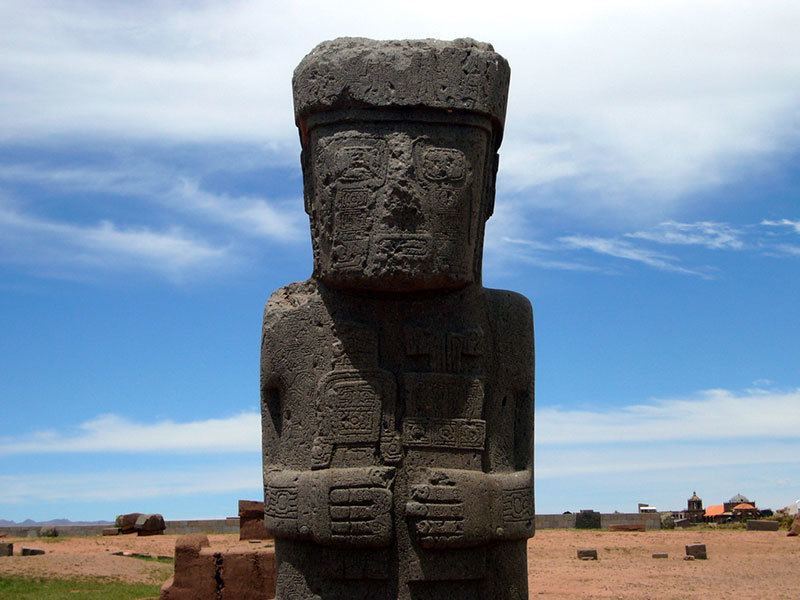
Source: Wikimedia
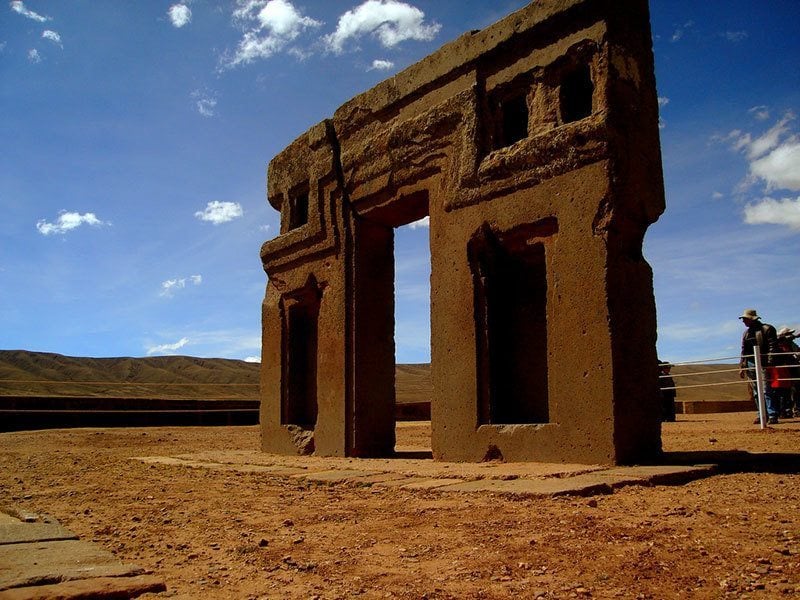
Source: Tripomatic
Grand Canyon National Park
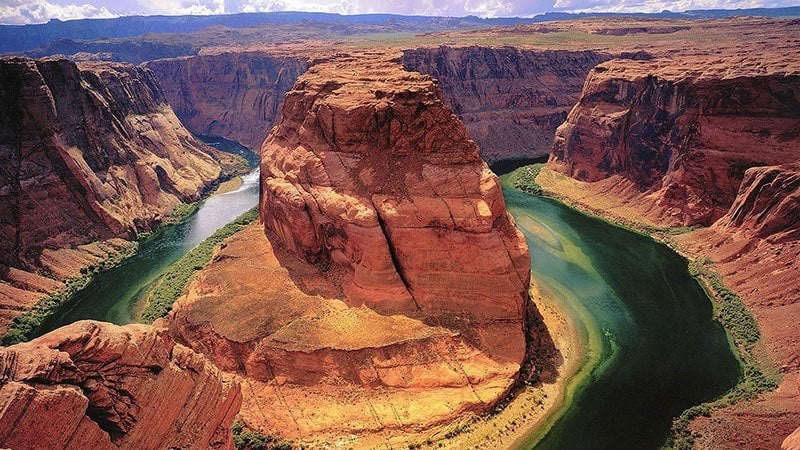
Source: Found the World
The United States’ Grand Canyon National Park has been a UNESCO World Heritage Site for more than three decades due to its unique beauty and rich geological history.
For six million years, erosion and other natural elements carved the smooth, deep corridors and canyons that are now almost a mile deep in some places. While the national park is full of buttes, mesas, temples and spires, the Grand Canyon is the site’s biggest attraction, dividing the park into two sections: the North Rim and the South Rim.
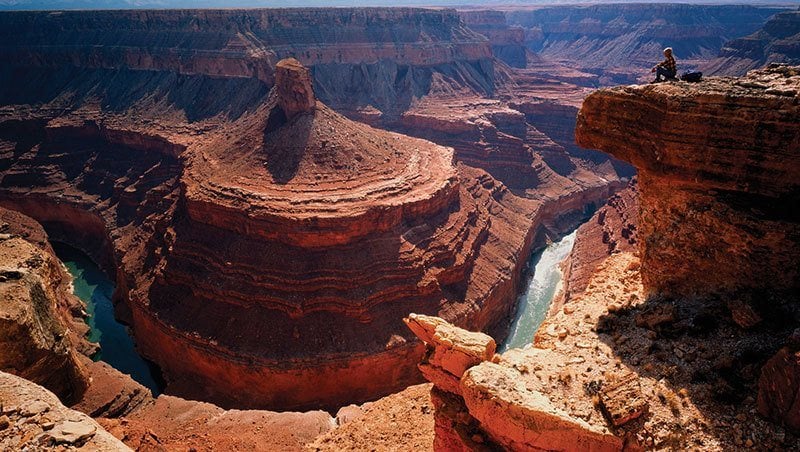
Source: GloHoliday
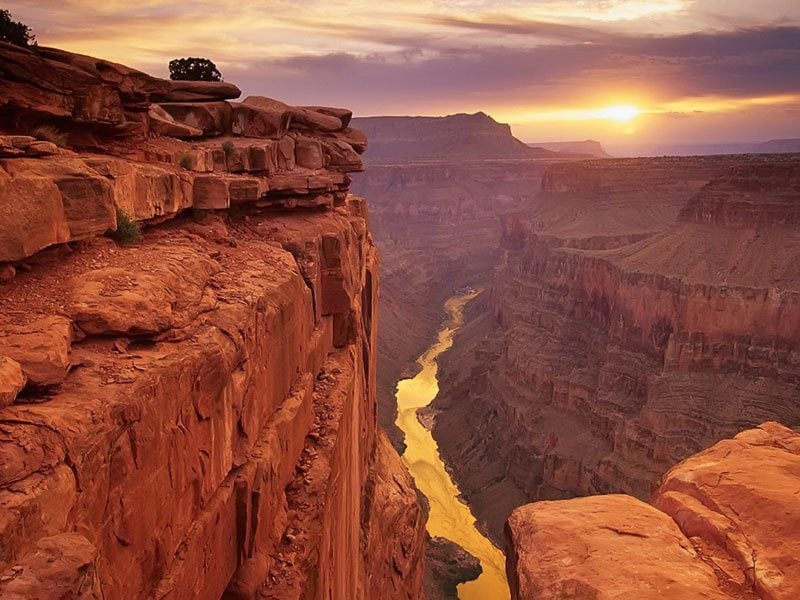
Source: gopixpic
Rock Islands Southern Lagoon

Source: Archaeology & Arts
In 2012, UNESCO recognized the Rock Islands Southern Lagoon, a collection of 445 limestone islands, as a World Heritage Site.
While the islands are particularly breathtaking in aerial shots, the Rock Islands Southern Lagoon is also part of a complex reef system that houses a number of birds, plants, sharks and other marine life. Although the islands are uninhabited today, rock art, burial sites, and village remains all offer key insights into the people who lived in Palau in the 1600s and 1700s.
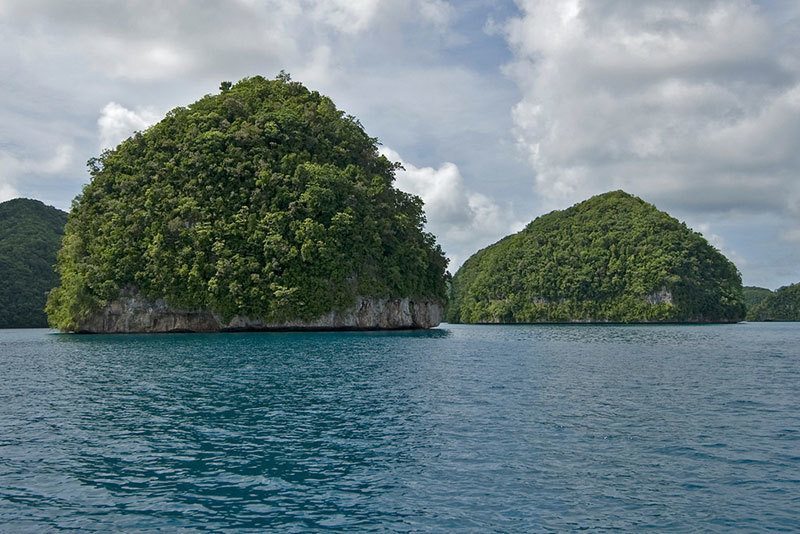
Source: Everything Everywhere
Rapa Nui National Park
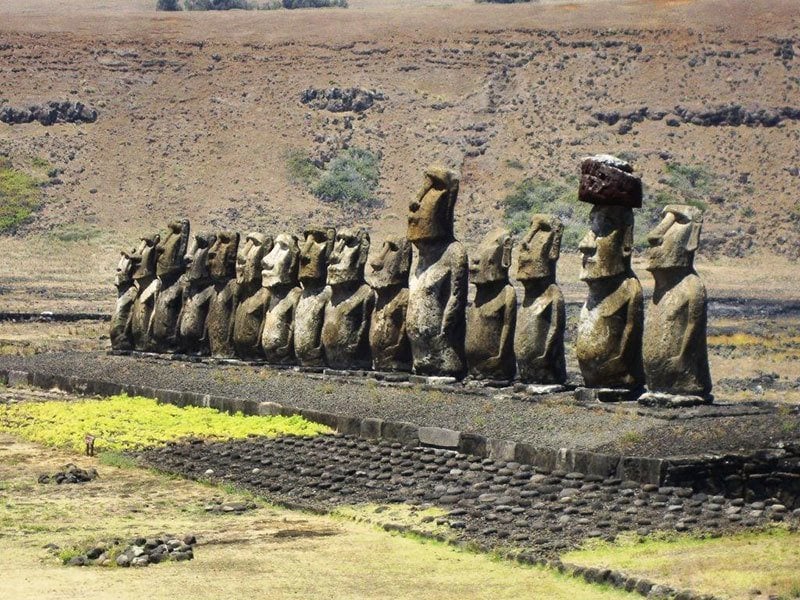
Source: Unknown World
In 300 A.D., Polynesians settled on the island of Rapa Nui, known today as Chile’s Easter Island. Up until the arrival of Jacob Roggveen from the Dutch East India Company, the inhabitants of Rapa Nui lived undisturbed, carving stone people (called “moai”) and ceremonial shrines (ahu) with simple tools and picks. Rapa Nui National Park, which was listed as a UNESCO World Heritage Site in 1995, features numerous moai in various states of completion. Thought to represent ancestors who once watched over the island, these moai range from two to 20 meters tall.
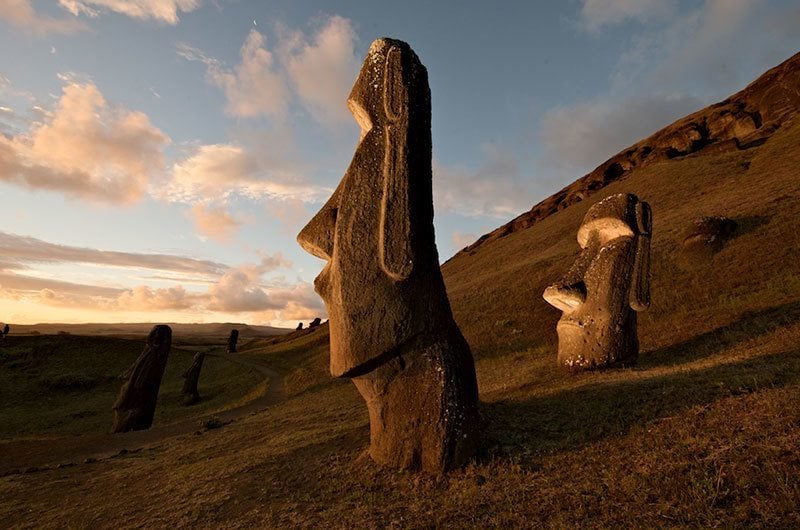
Source: SkyscraperCity.net
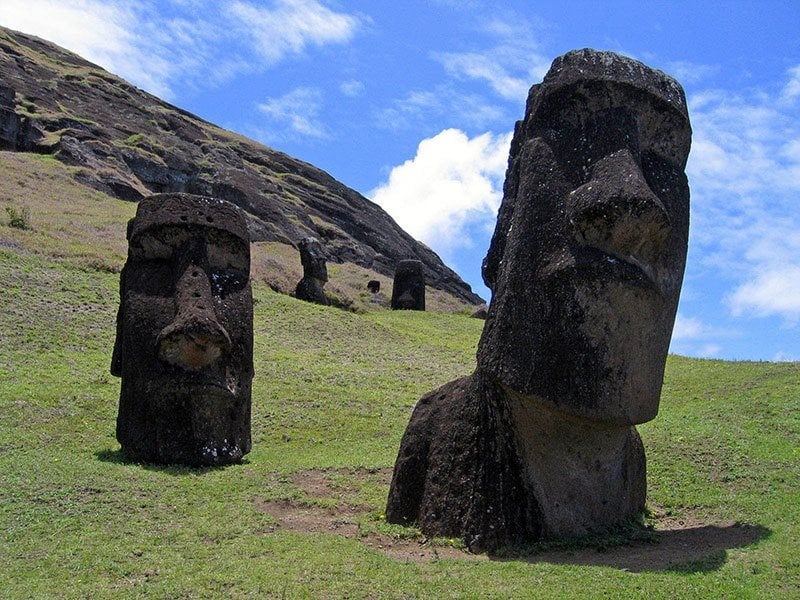
Source: MOTA
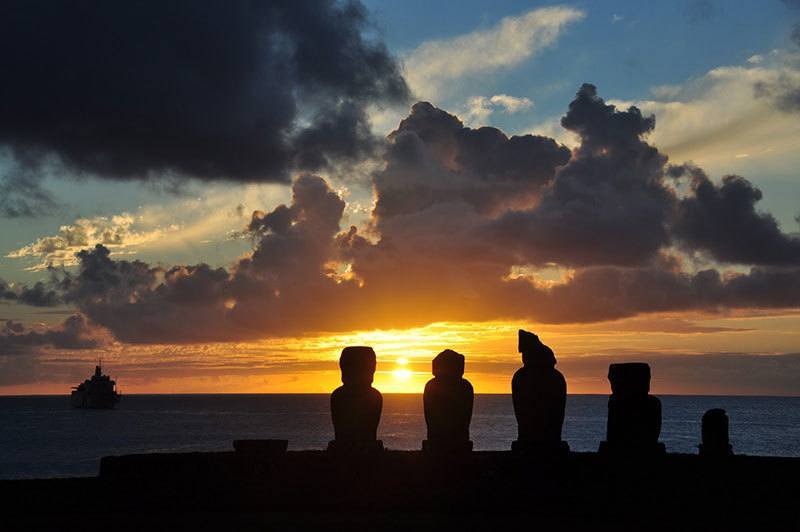
Source: 4Gress
Iguaçu National Park
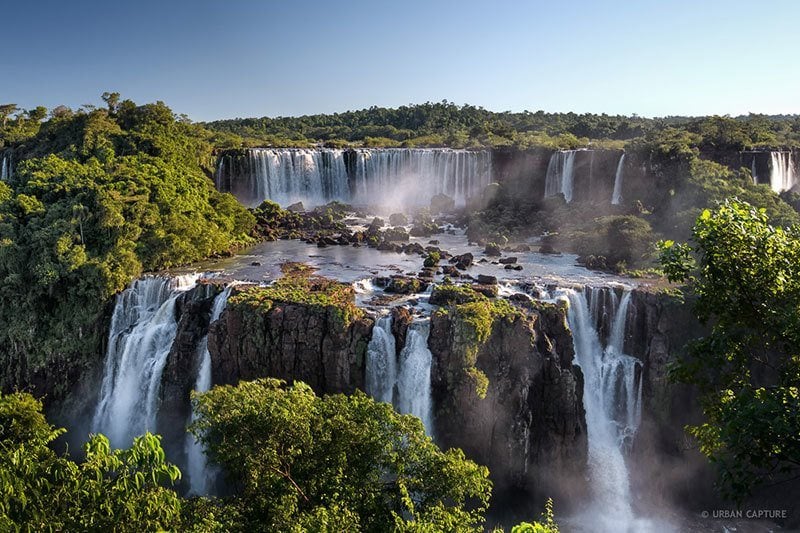
Source: 4Time2Fun
Brazil’s Iguaçu National Park contains one of the most iconic waterfalls of all time, the Iguaçu Falls, which partially reside in Argentina’s Iguazu National Park. Made a UNESCO World Heritage Site back in 1986, the park protects a variety of rare plant and animal species such as the jaguar, ocelot, otter, giant anteater and the black howler monkey.
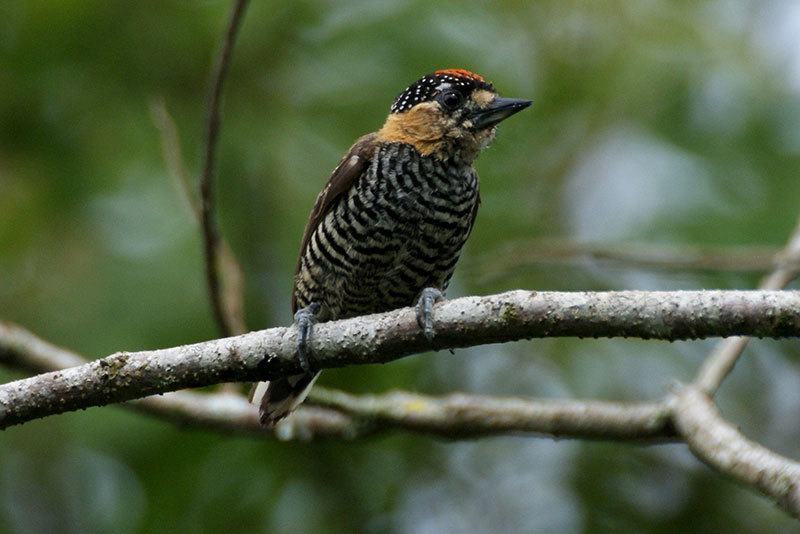
Source: Wikimedia
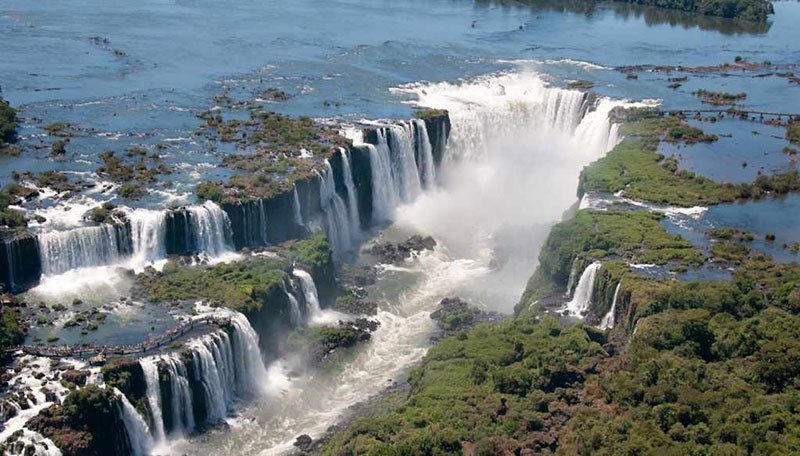
Source: Dream Travel Trip
Site of Palmyra
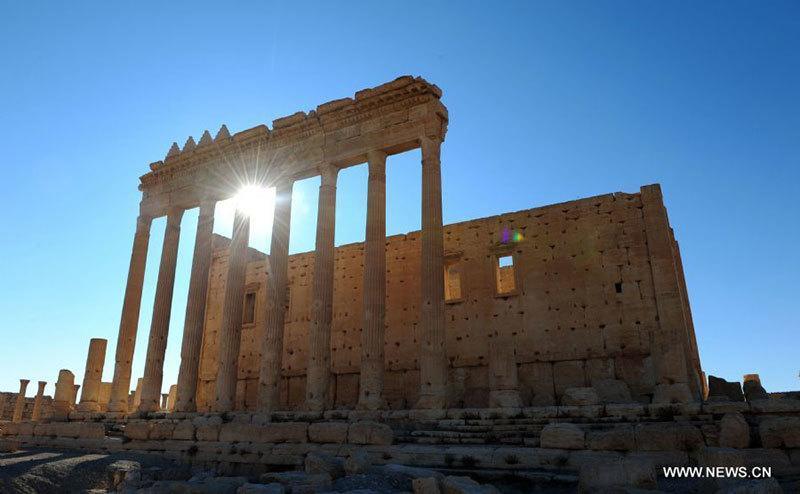
Source: Xinhuanet
Deemed a UNESCO World Heritage Site in 1980, the Site of Palmyra is recognized as shaping the evolution of neoclassical architecture and modern urbanization. Located in Syria, the Site of Palmyra contains the ruins of what was once a thriving city located at the center of a trade route that connected China, Persia, India and the Roman Empire.
The influence of these various cultures led city inhabitants to construct art and architecture that drew upon a variety of local and far-away traditions. The resulting ruins offer a glimpse into the structures that dominated the 1st and 2nd centuries.
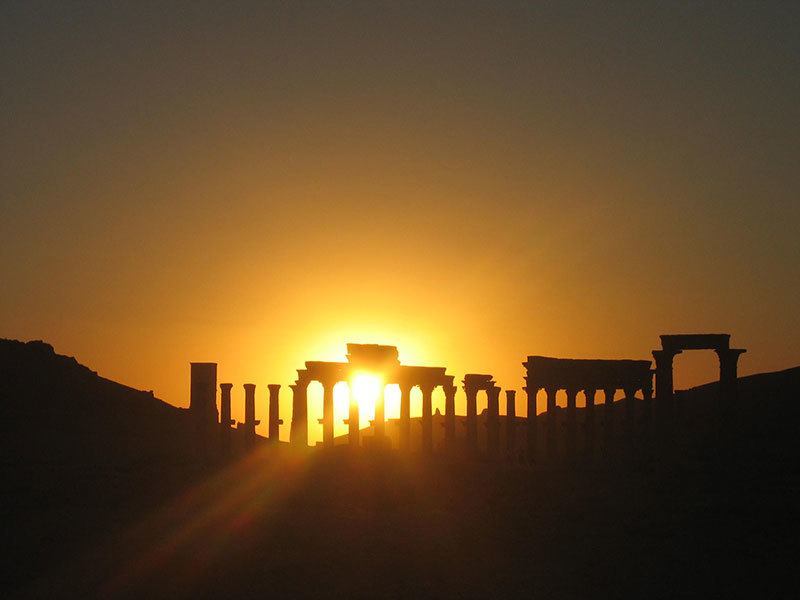
Source: Allied Tours
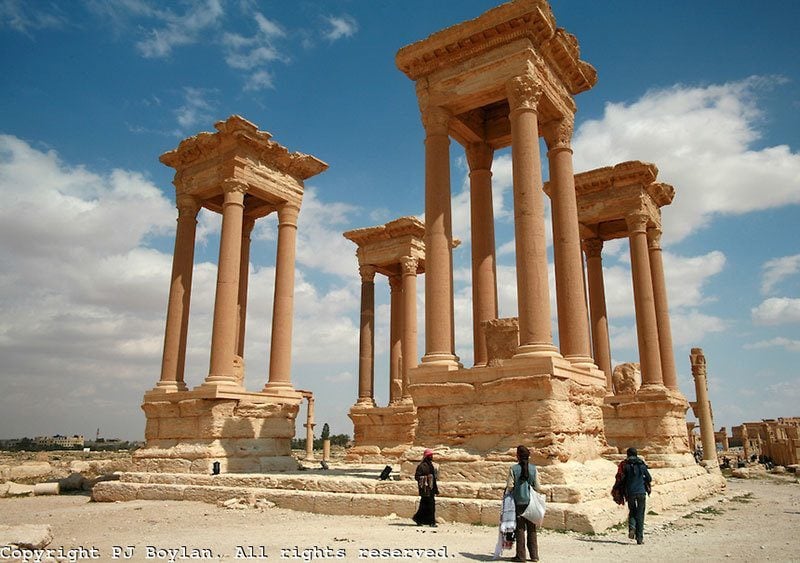
Source: PJ Boylan Photography
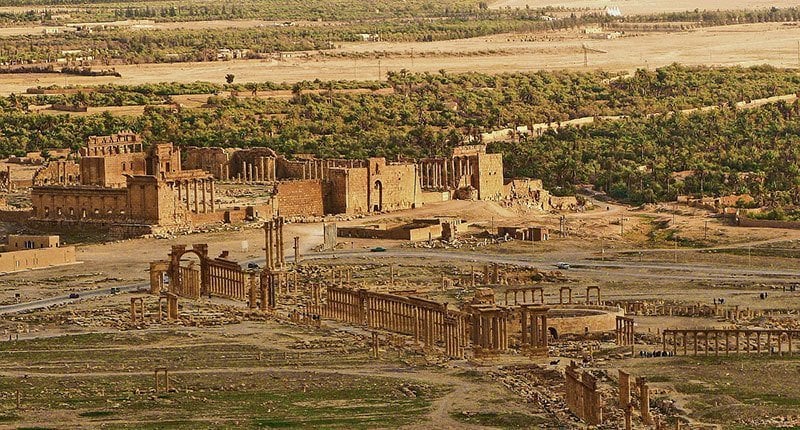
Source: TrekEarth
Mount Huangshan
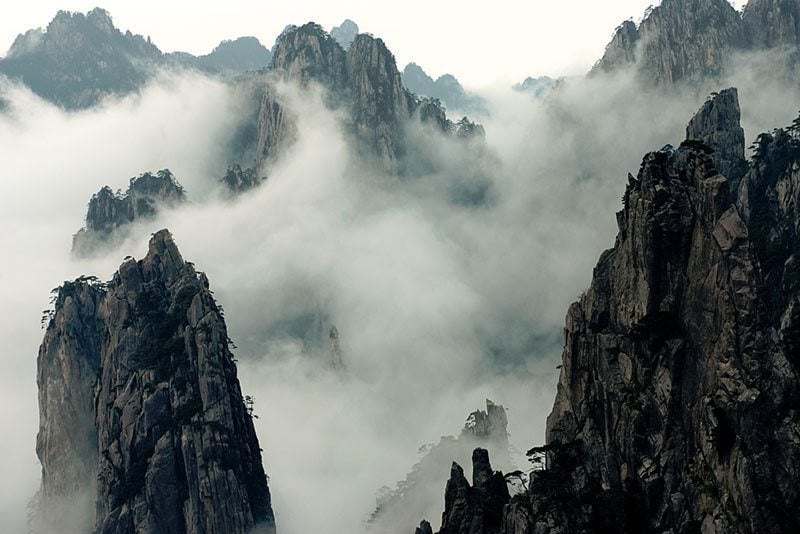
Source: Routes.Travel
Mount Huangshan is as steep as it is breathtaking, with sharp peaks and a history that dates back about 100 million years, when the ancient Yangtse Sea disappeared.
In addition to its rich geological history, Mount Huangshan has played an important role in Chinese culture throughout the years. Touted as “the loveliest mountain in China,” the area is considered a great example of classic Chinese scenery. Mount Huangshan was first listed as a UNESCO World Heritage Site in 1990.
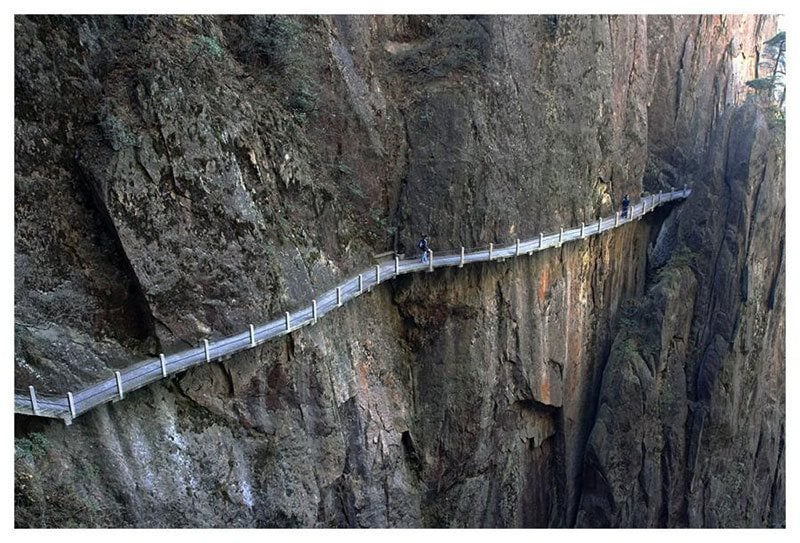
Source: Pixdaus
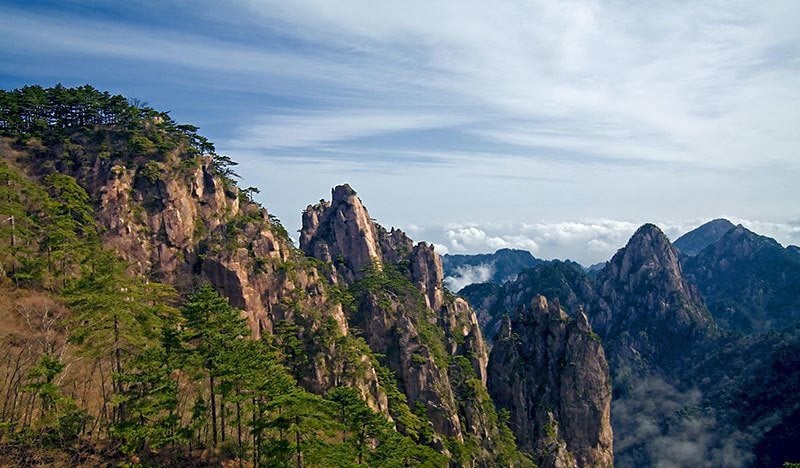
Source: Wikipedia
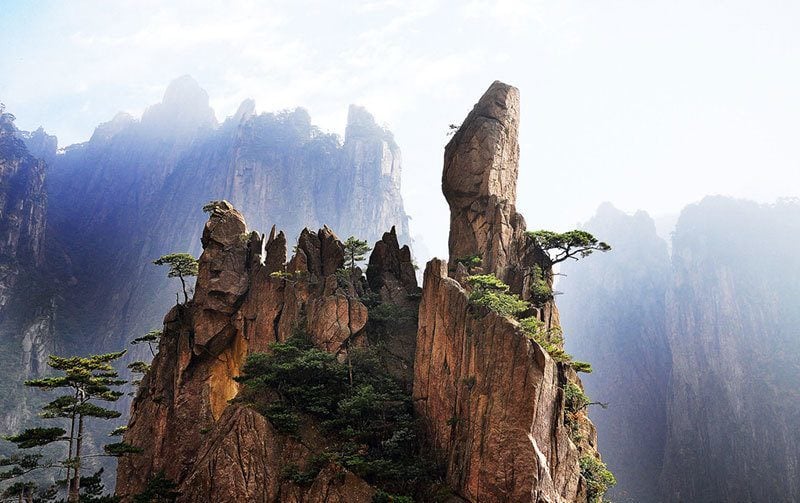
Source: China Absolute Tours
UNESCO World Heritage Sites: Rila Monastery
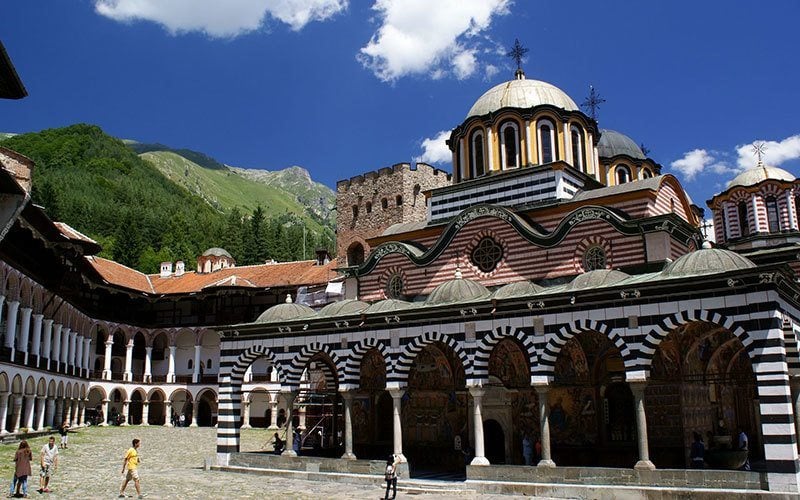
Source: Easy Tourist Guides
Located in Bulgaria near the Rodopi mountains, the Rila Monastery is still the largest active religious center in the region. Founded in the 10th century by St John of Rila (and rebuilt in the 15th century after a fire), the monastery was an important structure during the Bulgarian Renaissance, when artist Raphael painted more than 100 biblical scenes along the building’s walls and ceilings.
Rila Monastery was named a UNESCO World Heritage Site in 1983 because of its important role in Slavic culture.
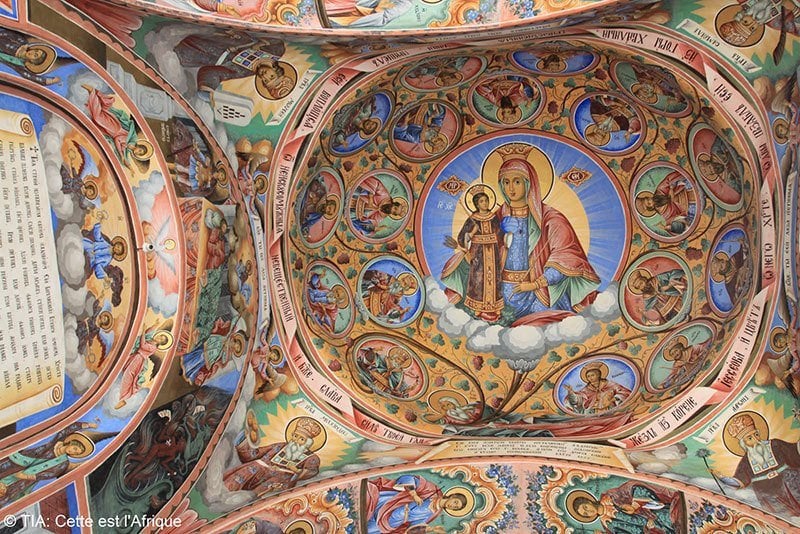
Source: TIA
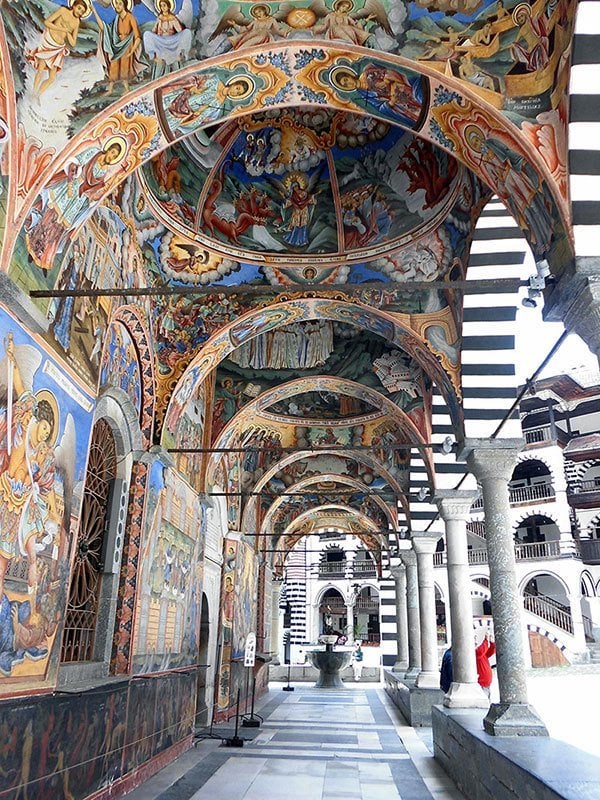
Source: iputmylifeonashelf.com
Belize Barrier Reef Reserve
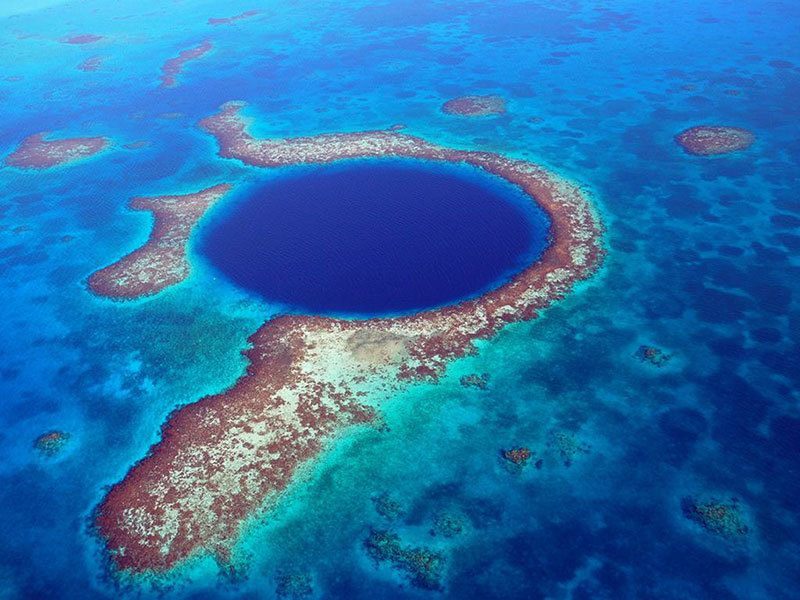
Source: 100 Places to See
As the Northern Hemisphere’s largest barrier reef, the Belize Barrier Reef Reserve is a much-needed home to a vast and diverse population of endangered plants and animals. Inscribed as a UNESCO World Heritage Site in 1996, the Belize Barrier Reef Reserve contains three large atolls (a ring-shaped coral reef or island) called the Turneffe Islands, Lighthouse Reef and Glover’s Reef.
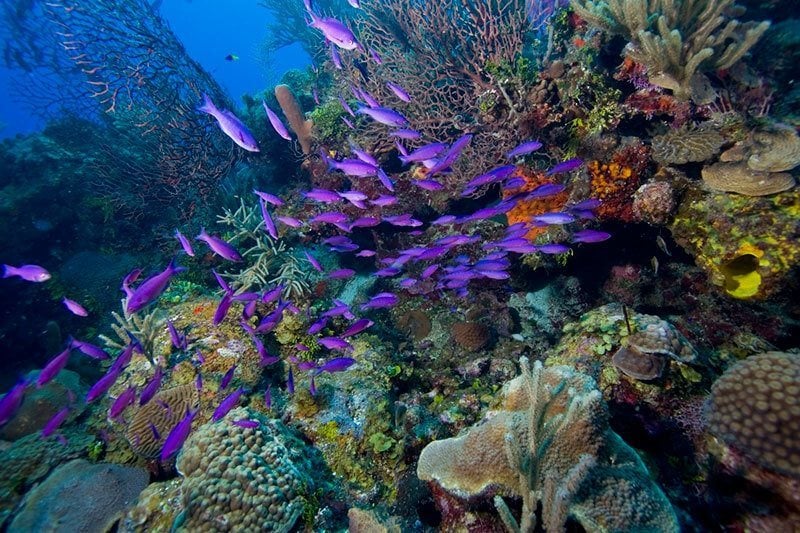
Source: Barrier Zipper Galleries
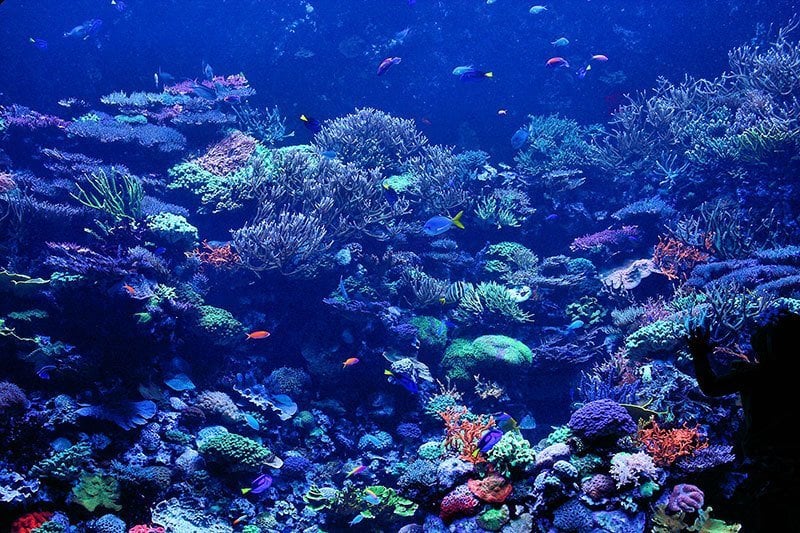
Source: Los Caracoles BNB Blog





